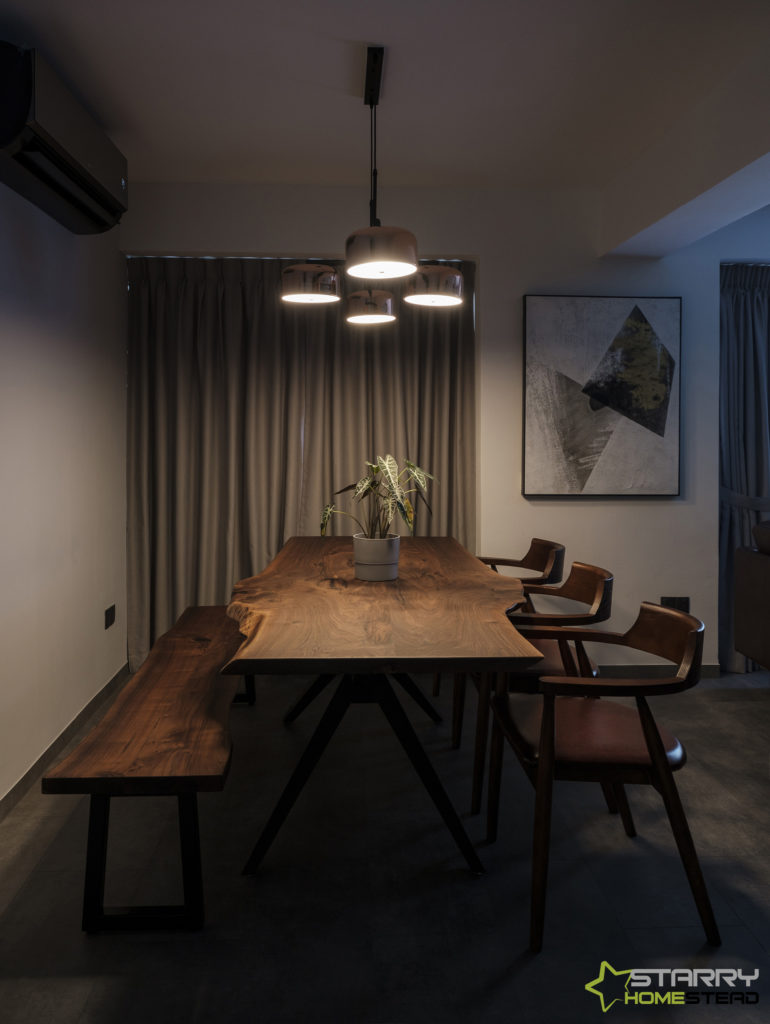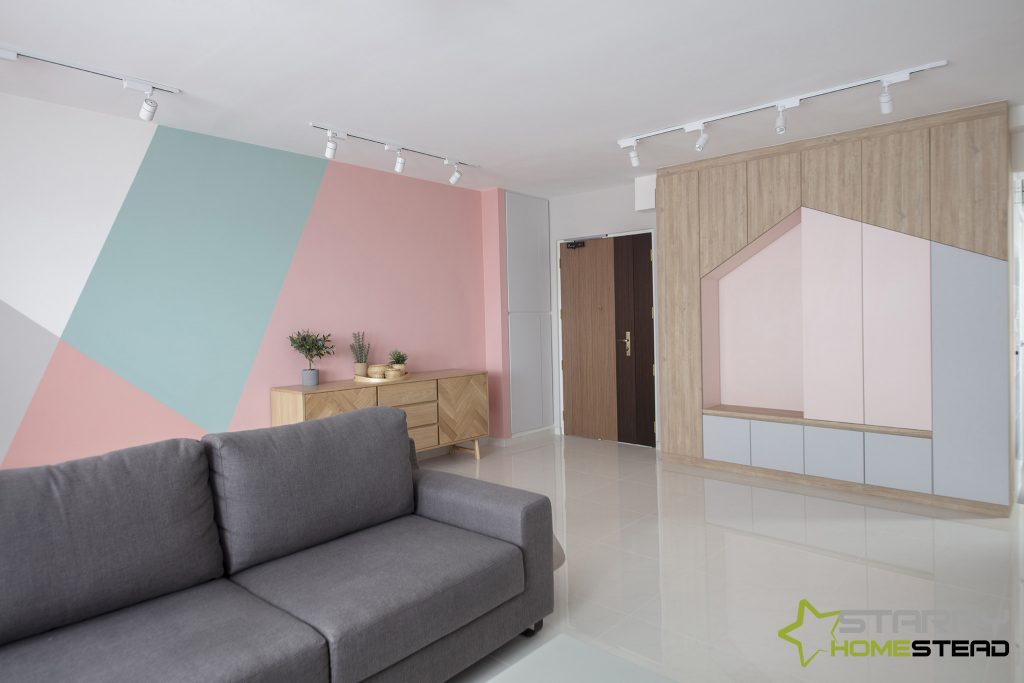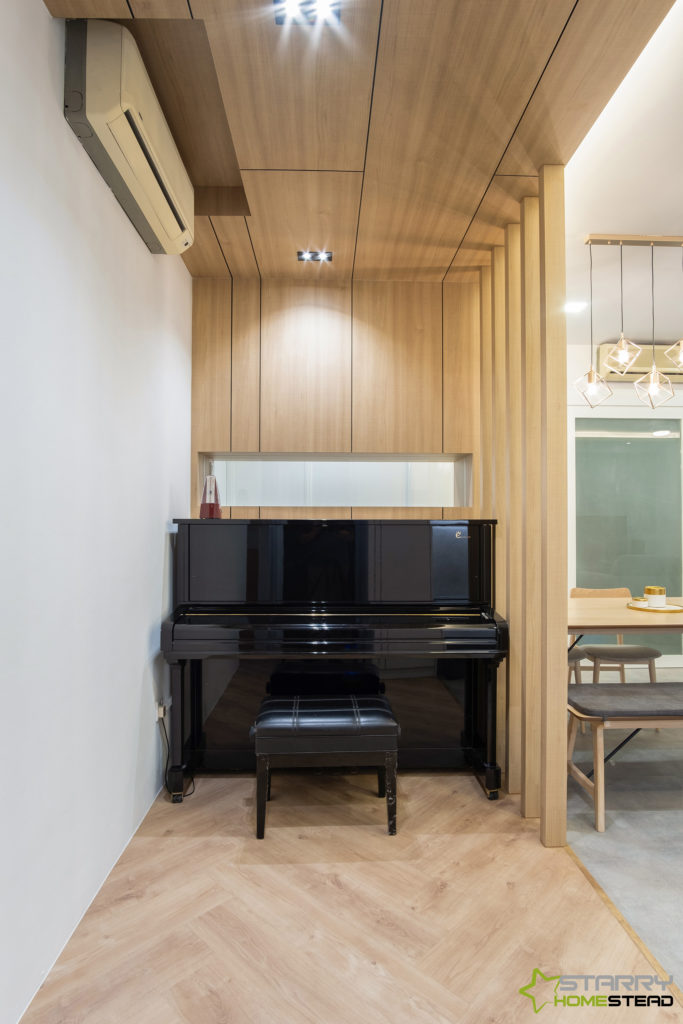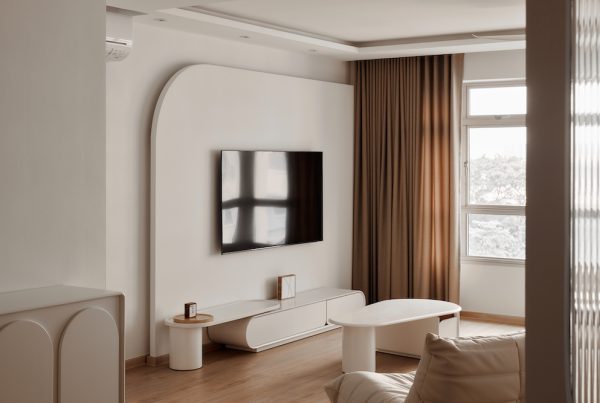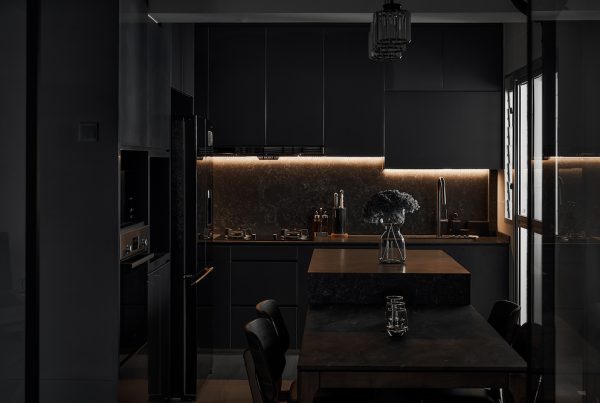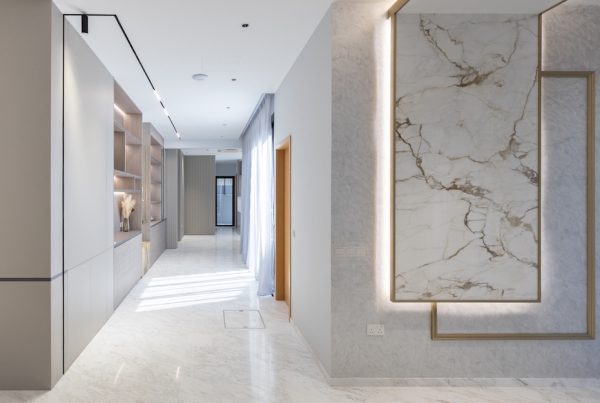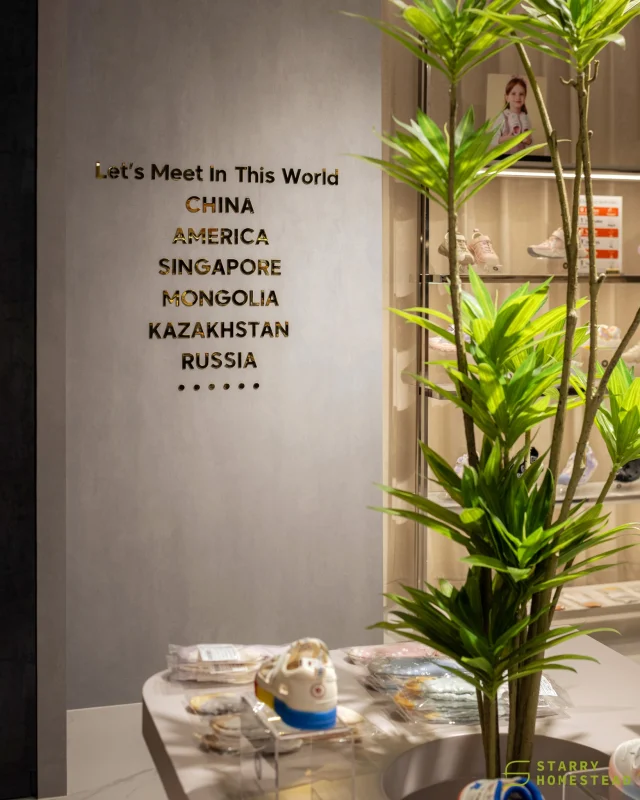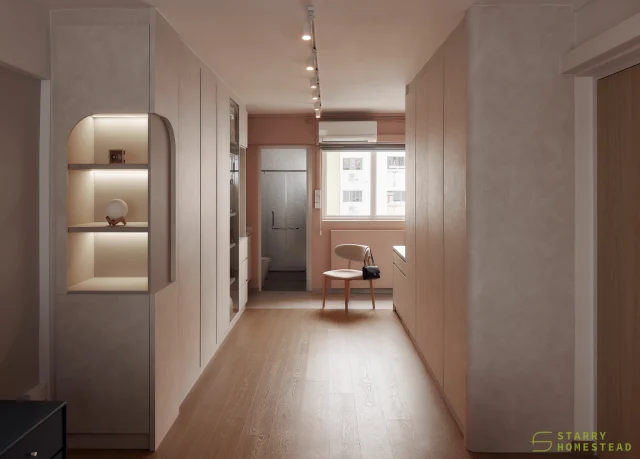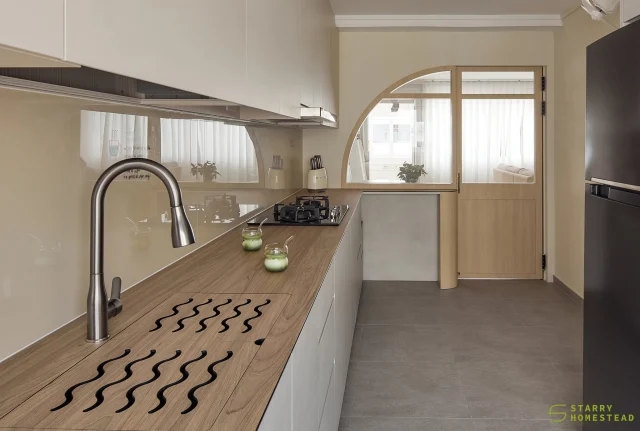You must be thinking, why should you be bothered with the 7 principles of interior design? Shouldn’t this be the interior designer’s job?
Here’s why. Firstly, if you know the principles and incorporate them into the interior design scheme, you can play a more active role in creating your dream home. Besides, having a well-designed interior enhances the aesthetic and economic value of your property, making it better off in every sense.
Are you convinced? Alright, let’s go!
1. Balance
Balance means creating visual harmony in the space by ensuring that the elements in there are evenly distributed. This gives a sense of equilibrium in your design. It can be achieved with many forms, for example, using shapes, colours, patterns and even textures.
There are 3 common ways to strike a balance in interior design. Firstly, there is the traditional symmetrical balance, which essentially places objects symmetrically on either side of an imaginary central axis. Asymmetrical balance, on the other hand, keeps the focal point on the imaginary axis while allowing dissimilar and oddly numbered objects. To maintain an evenly distributed visual weight, the objects should be of similar dimensions. Usually, asymmetrical balance results in a more energetic and natural feel. Lastly, radial balance involves arranging objects around a central focal point, which is almost always a circle, such as a round dining table or a chandelier.
2. Unity
The unity principle emphasises a sense of uniformity or harmony among the elements used in design. These include having similar colours, patterns or textures, equal spacing of objects or repetition of elements to create a visual continuation.
To put it simply, when elements are carefully curated, you feel that they come together nicely. For example, if you have a variety of shapes and textures in a space, you can still create unity by using just one colour scheme.
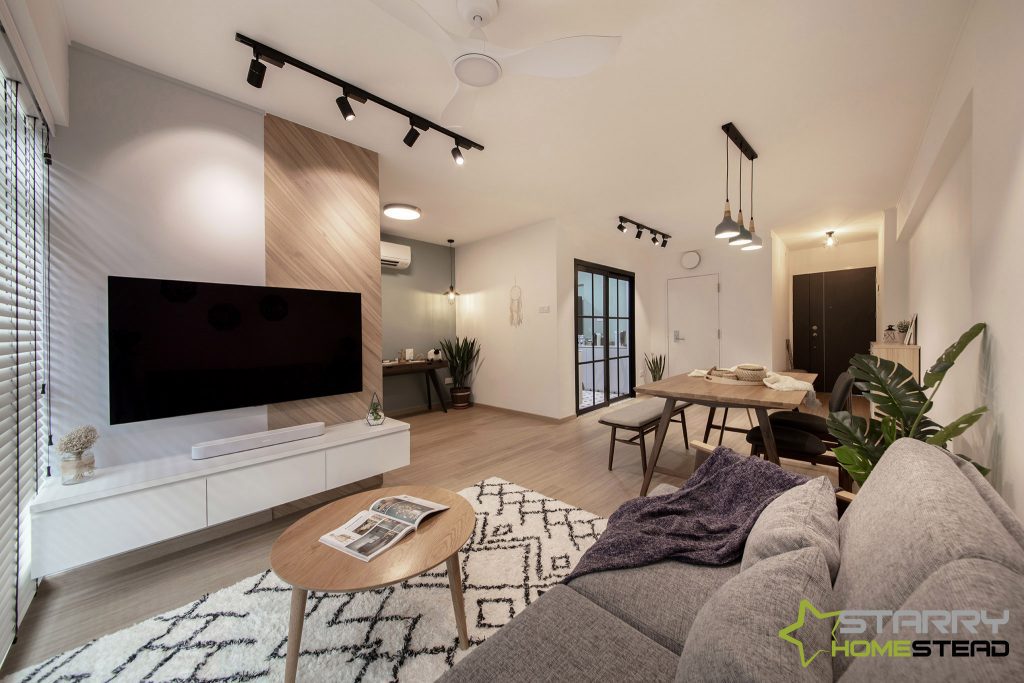
Unity is achieved with a colour scheme even though there is a myriad of shapes or textures in this room.
3. Rhythm
The human brain is drawn to repetition and recognises similar objects quickly. Thus, rhythm, which is about creating repetition and contrast in an interior, helps carry visual interest around the room.
There are many ways to create rhythm, such as using the same colour or pattern at different intervals. For example, you can paint a wall green, and then use the same colour again on the dining chair cushions. This is called repetition rhythm. You can also use alternation to create rhythm by rotating two elements in an ABABAB or ABBABB pattern, such as alternating 2 types of pendant lights. If you are feeling more adventurous, you can try progression rhythm, which arranges elements in ascending or descending order based on their size, colour or other characteristics.
4. Emphasis
This principle stresses that every room needs one central element as a focal point, and the other items should complement the emphasis such that focus is always on it. The emphasis can be a large piece of furniture like a grand piano, an art piece like a painting, or a design feature such as an accent wall. It can also be in the form of colour, pattern or texture.
5. Contrast
Contrast in interior design is created when one combines two or more very different forms. Again, this can be done either by colour, form (shape) or space.
The easiest way to achieve contrast is through colours, for example, painting opposite colours like black and white. You can also put two different shapes close together, such as balancing a round mirror with a rectangular dining table. The use of positive space (space occupied with objects) and negative spaces (empty space in between objects) is also an excellent way of creating contrast without crowding the room.
6. Scale and Proportion
This principle is all about the ratio. The size and dimension of the objects in a room should relate to one another proportionally so that they don’t look out of place. For instance, one should not hang a huge chandelier in a shoebox apartment, while a space with high ceiling should have larger furniture than bean bags.
There is a golden ratio that designers use – the 1.618 ratio. An invention of the Greeks, it is used throughout the ages amongst artists and architects to achieve harmony in design.
7. Details
Finally, we have the principle of the details, which states that the little things must not be overlooked. And when it comes to details, nothing is too small or too unimportant to pay attention to. From embroideries on the cushions, handles on the cabinets to framed prints on the wall, every little thing adds a little something to the overall interior design. Tweaking the smallest details is what distinguishes a good interior design from a great one.
There you are – the 7 principles of interior design that can help you create a beautiful space. Be sure to apply them when you are planning your next renovation! For more information about building your dream home, please contact us at tel. no. 6778 6866.
